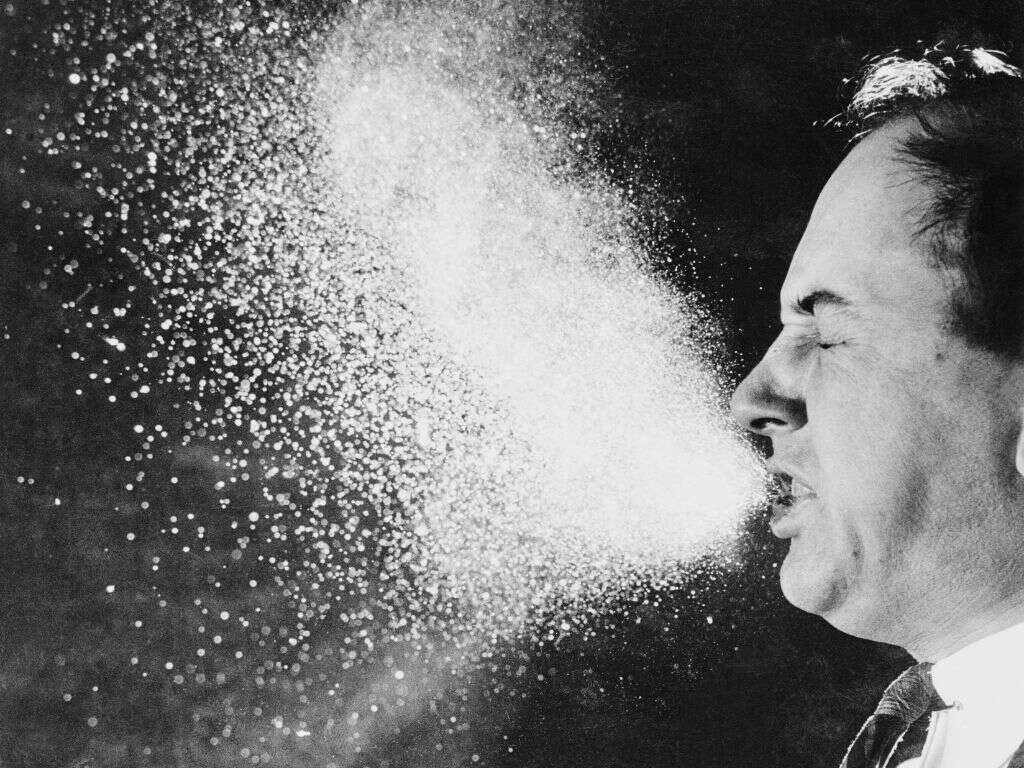What Is Influenza A?
Pretty much everybody will have had the flu at least once in their lives. Many people are even likely to have it at least once every year. The symptoms of the flu tend to be more uncomfortable than those of the common cold, but they should still not cause serious problems for us.
Most cases of the flu will clear up with help from our immune system, and the patient will often only need a few days of work or school. It can be serious in a small percentage of cases, however, so it should not be treated with complacency.

1. Type A Influenza
Influenza, more commonly known as the flu, is one of the most common illnesses that people are likely to have. There are also 4 different types of influenza virus, known as A, B, C and D. Type A influenza is the most common of the influenza viruses, and it is also often the most severe.
Although the type A influenza virus is the most severe, it is still not usually a danger and the vast majority of people with the disease will have only mild symptoms. It can be a lot more dangerous in vulnerable people, however, and those that are at risk should be extra careful to keep themselves safe from the disease.

2. Type B influenza
Type A influenza can be found in animals and people. Some well-known examples include swine flu and bird flu. It is not common for the virus to be spread through different species, but it can happen. Type B influenza, however, can only be found in people. It is also not usually as severe as Type A influenza can be.
Type B influenza is not divided into subcategories. It will also not be responsible for pandemics. The symptoms of type B influenza will typically appear within 4 days from the day of infection, and they will usually last for up to around 7 days. Although the virus is less severe than type A influenza, it will still be a danger in a small percentage of cases.

3. Type C Influenza
The third type of flu virus that can infect people is type C influenza. This type is even milder than the other types, but there is still a risk of potentially severe complications arising, including bronchitis and pneumonia. Type C is also not going to cause any pandemics.
The fourth type of influenza virus, type D influenza, is found only in animals and will not infect people as far as we know. The virus tends to infect cattle although it can also infect other animals including mice. Fortunately, the effects that type C influenza has on its host are usually only mild.

4. Transmission
Influenza viruses are one of the most contagious diseases around. This accounts for a reasonably high global mortality rate despite a low ratio of fatalities to overall cases. In some cases, simply being in the vicinity of an infected person can be enough for you to catch the disease.
In addition to coughing and sneezing, contaminated droplets can also be spread when an infected person is speaking. These droplets can hang in the air where they can be inhaled or ingested, potentially causing the patient to become infected. You may also catch the flu by coming into contact with surfaces that are contaminated with the virus.

5. Symptoms
The symptoms of type A influenza can range in severity from person to person. The symptoms are usually similar to those of the common cold, although they are likely to be somewhat more uncomfortable. The symptoms of the disease will typically include a fever, and the patient can also have chills.
A headache is another likely symptom, and the patient may also have aching joints and muscles, and a sore throat is another likely symptom, as is a sore throat. The sore throat can become even more comfortable if the patient develops a cough, which is another potential symptom. The disease will also likely make the patient feel weak and fatigued.

6. Complications
Although it is a very common disease and usually only mild, you should still never be complacent when somebody has the flu. This is especially the case in people that are vulnerable to diseases. The condition can go on to result in complications, including ear infections, and asthma problems.
The infection can also go on to cause heart problems which could potentially result in permanent damage. Bronchitis is another potential complication which can make it much harder than usual for the patient to breathe. Another potential complication is pneumonia, which is a dangerous disease that will be fatal in some cases.

7. Who’s At Risk
People who are at a higher risk of catching the flu include those that live in close quarters with a lot of other people. This is simply because there is a greater chance of an infected person passing it onto others. Another risk factor is age and people under 12 years old are at greater risk, as are those over the age of 65.
Some chronic illnesses will also make somebody more prone to influenza type A, as are people who have a weakened immune system. People that are taking aspirin should stop doing so if they have the flu in order to prevent a serious reaction. People who are obese are also more likely to develop complications, and pregnant women are also more at risk.

8. Prevention
One of the most effective ways to be safe from type A influenza is to get a vaccination. Although effective, it is still not 100% perfect, and there are things we can do to help further prevent the spread of the virus. One of these is to wash your hands regularly, and this will be even more effective if you use hand sanitizers and soapy water.
You can also help to prevent the disease by covering your mouth when you cough or sneeze. Sick people should also do what they can to isolate themselves from other people as much as possible. You should also try and keep your distance from other people who appear to be ill.

9. Diagnosis
The flu is a common disease and usually only mild. As such your doctor will often be comfortable enough to make a diagnosis based on your symptoms and a brief physical exam. However, it may be deemed necessary to perform tests to reach a diagnosis in people who are more likely to develop severe complications.
Tests for the flu will often involve polymerase chain reaction testing. This will involve taking a sample of the patient’s blood, and the sample can be used by experts to look for signs of the viruses’ DNA. A negative test does not necessarily mean the virus is not present, and doctors may need to perform other tests to look for the virus, or other diseases.

10. Treatment
Most patients with type A influenza will be asked to rest up, and take on plenty of fluids to avoid dehydration. However, the patient should still be monitored and a doctor should be called if the patient’s symptoms become severe. If deemed necessary, the patient may be prescribed antiviral medication.
Antiviral medication may help the patient recover faster and help to prevent serious complications. However, using these drugs will increase the chances that the virus will evolve a resistance to them, so they are only used when necessary. The patient may also be prescribed other medication to help soothe their symptoms












